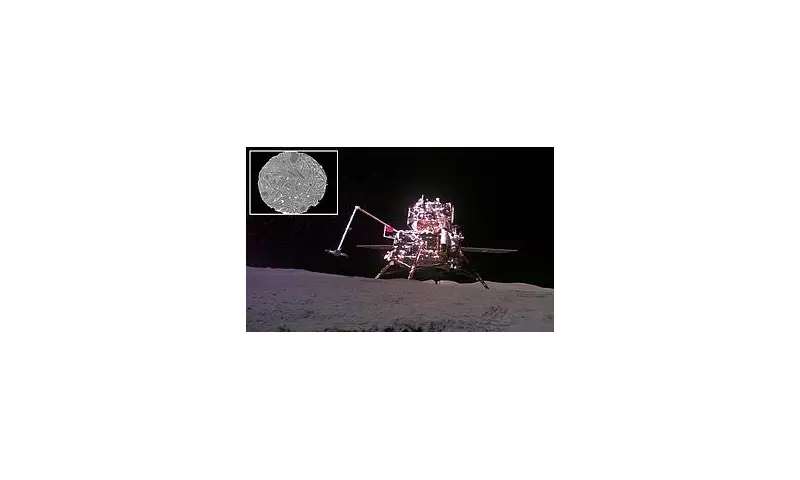
In an astonishing development that could rewrite space exploration history, Chinese scientists have revealed the discovery of potential extraterrestrial relics within moon samples recently returned to Earth. The Chang'e-6 mission has yielded what researchers are calling "unidentified crystalline materials" that bear no resemblance to known lunar composition.
Revolutionary Lunar Discovery
The China National Space Administration (CNSA) has confirmed that preliminary analysis of the 1,935.3 grams of lunar material collected from the far side of the moon contains mysterious structures that challenge conventional understanding of our celestial neighbour. These anomalous findings come from the South Pole-Aitken Basin, one of the moon's most ancient and scientifically valuable regions.
Scientific Breakthrough Analysis
Researchers at the Chinese Academy of Sciences have identified several peculiar characteristics in the samples:
- Unusual crystalline patterns not found in previous lunar missions
- Materials with isotopic signatures differing from known lunar rocks
- Structures suggesting possible artificial origin or extraterrestrial contamination
- Age estimates that predate the formation of the solar system
Professor Zhang Yuan, lead researcher on the project, stated: "We are dealing with materials that defy current geological models. The possibility that we're looking at artefacts from beyond our solar system is no longer in the realm of science fiction."
International Scientific Response
The global scientific community has reacted with both excitement and caution. NASA officials have requested access to the samples for independent verification, while European Space Agency scientists have called for an international collaborative effort to study these unprecedented findings.
British astrophysicist Dr. Eleanor Thompson commented: "If these findings are verified, this represents the most significant discovery in space exploration since the Apollo missions. The implications for our understanding of the universe are profound."
Future Research Directions
Chinese space authorities have outlined an ambitious research programme:
- Comprehensive isotopic analysis to determine origin
- Advanced electron microscopy to study crystalline structures
- International peer review and collaboration
- Planning for follow-up missions to gather additional samples
The discovery comes as China positions itself at the forefront of lunar exploration, with plans for permanent moon bases and further sample return missions already in advanced development stages.





